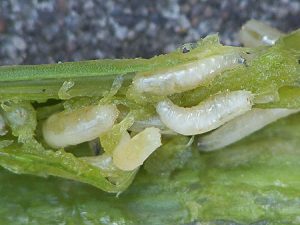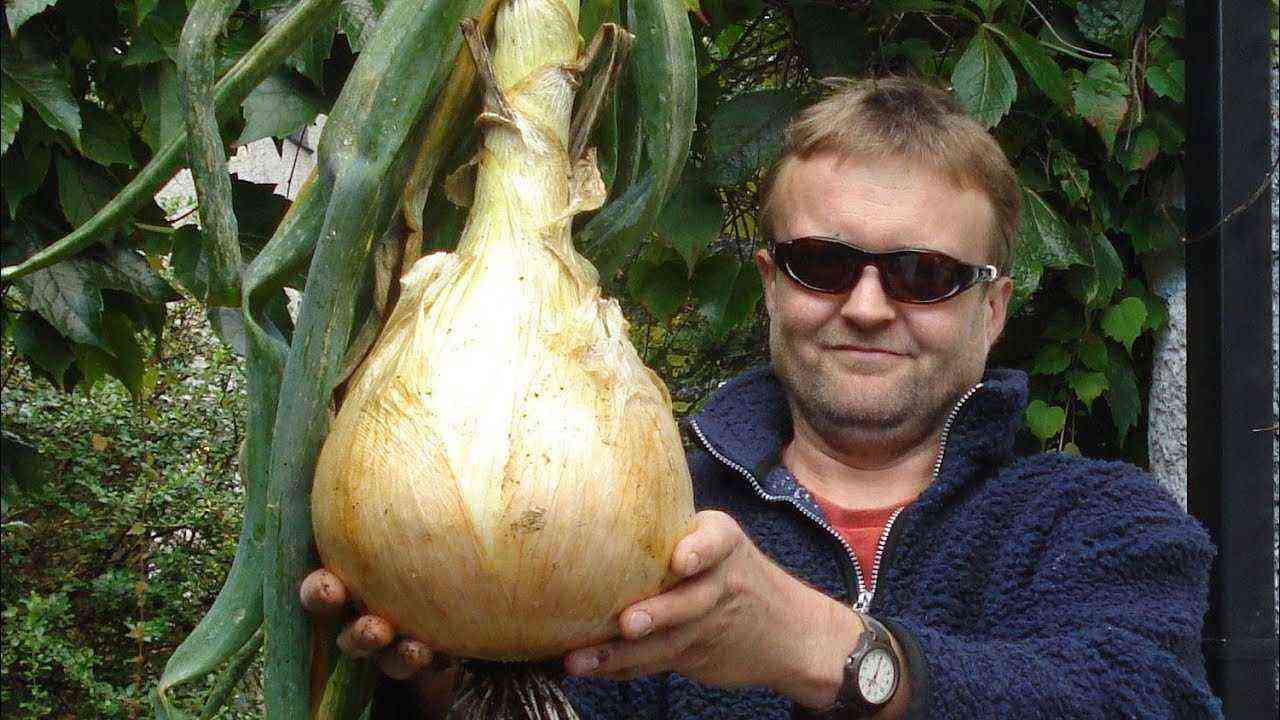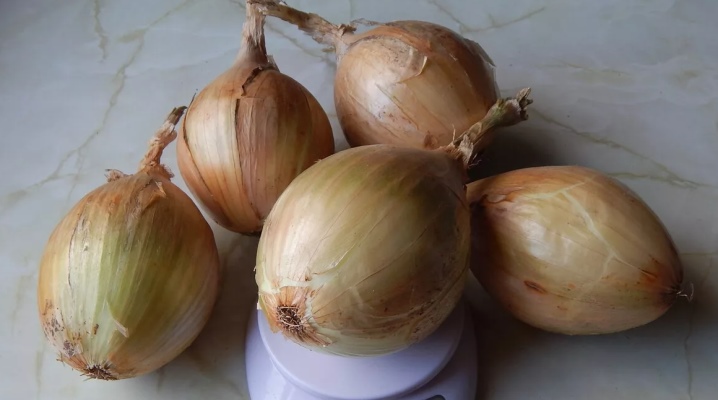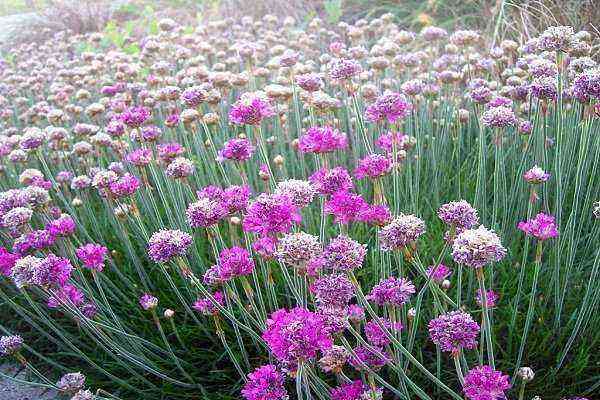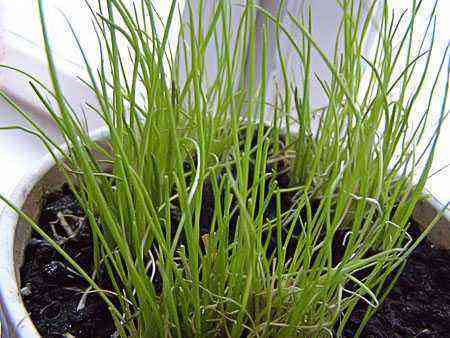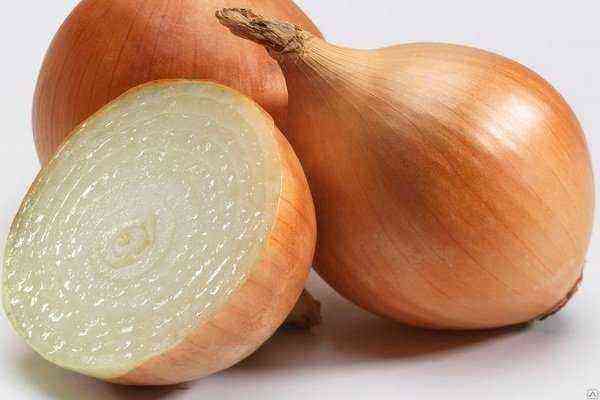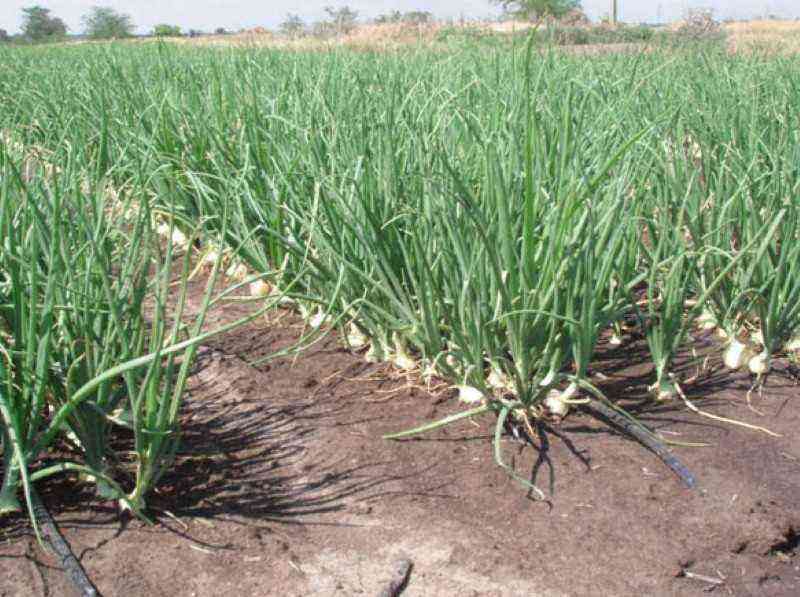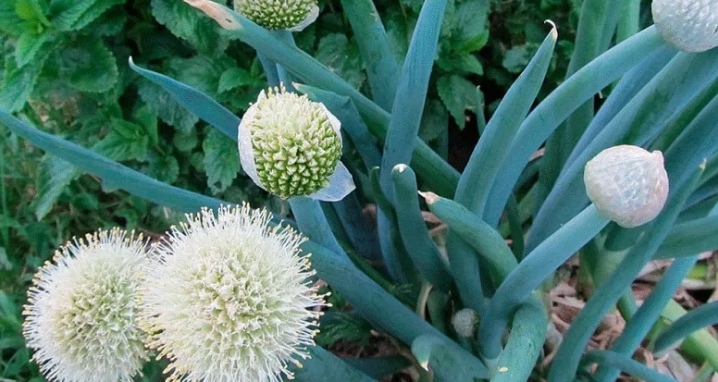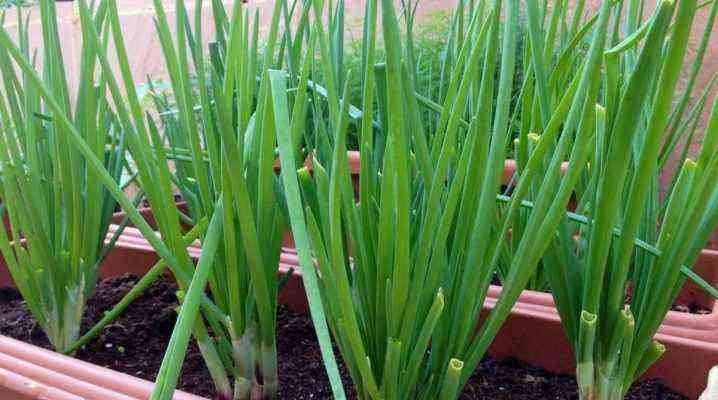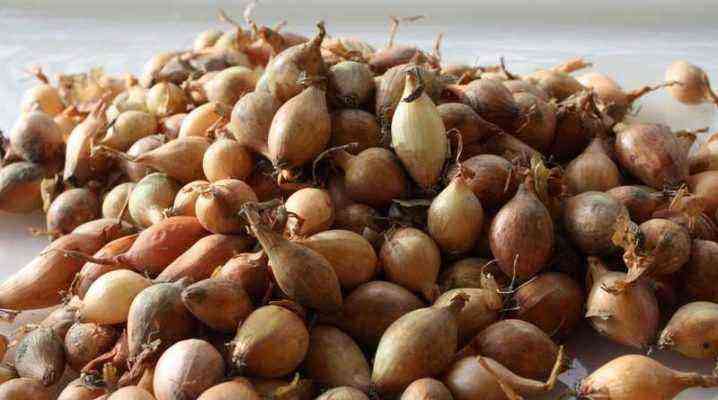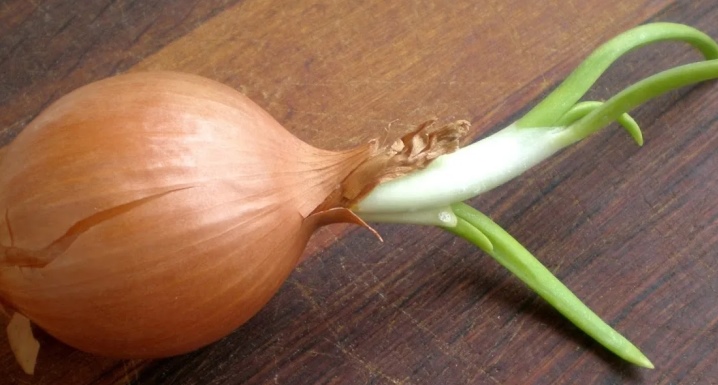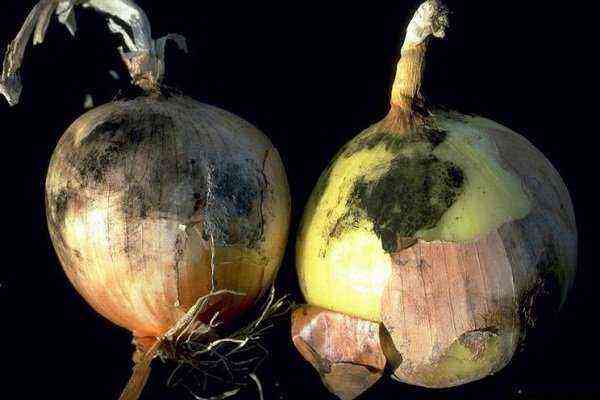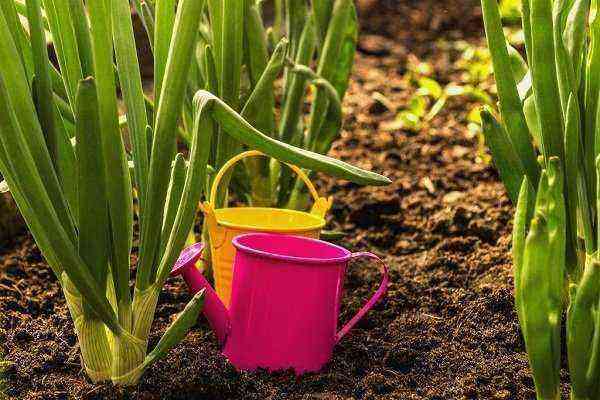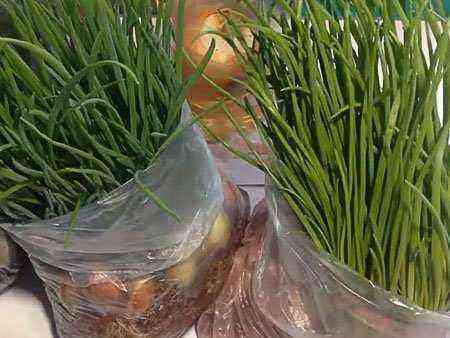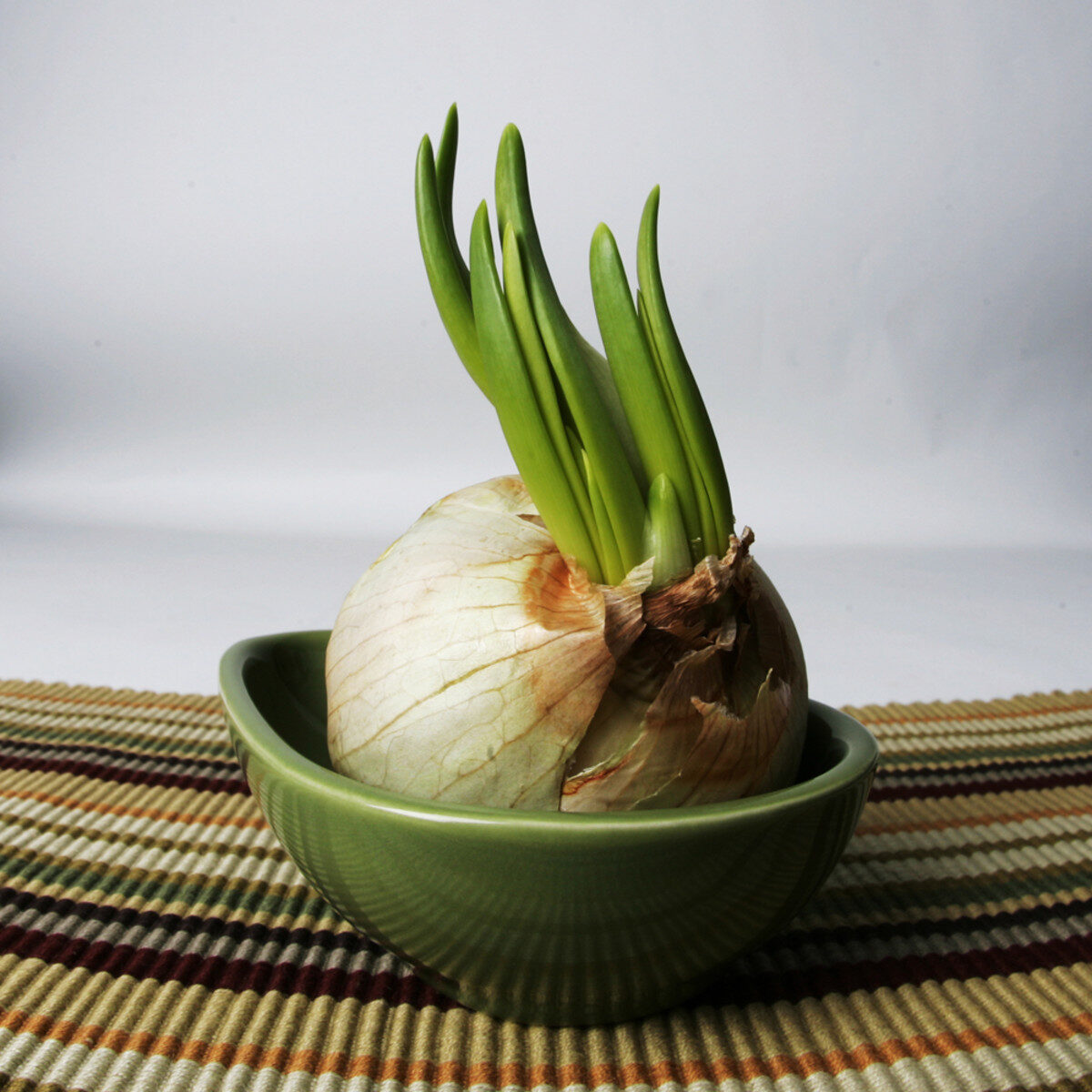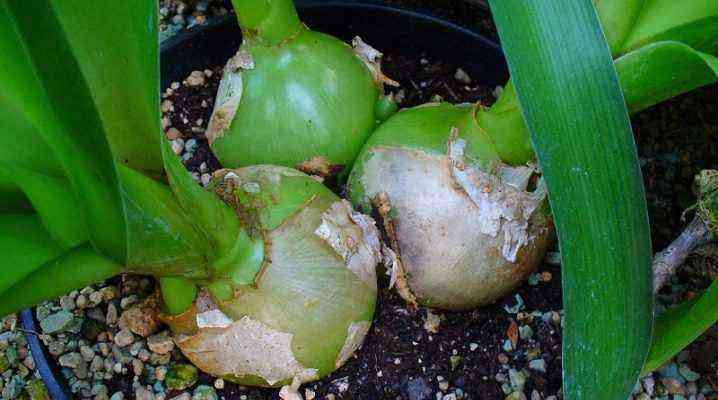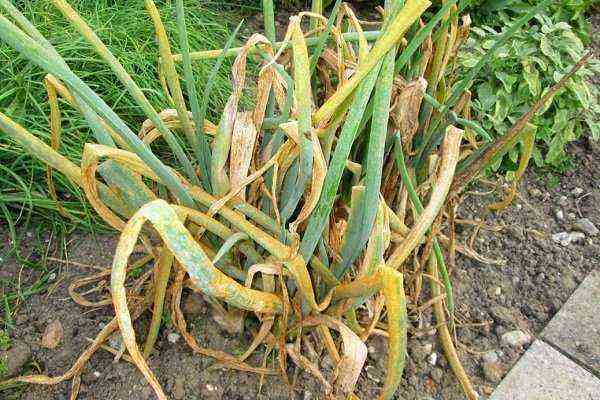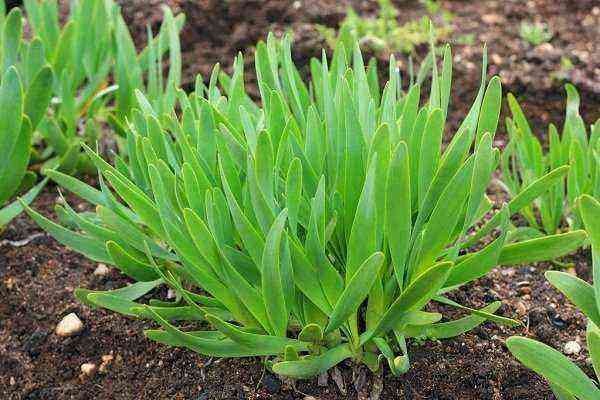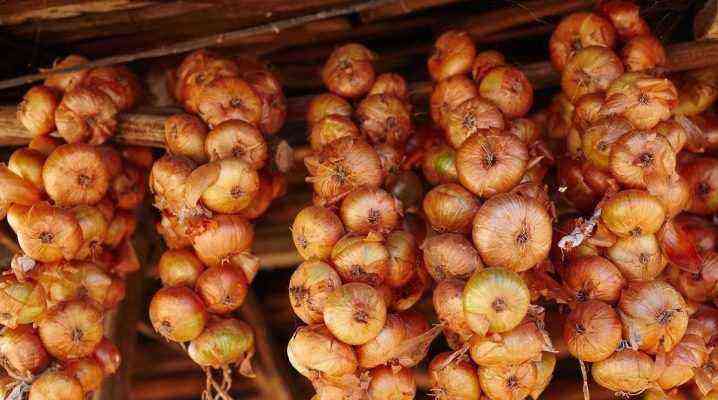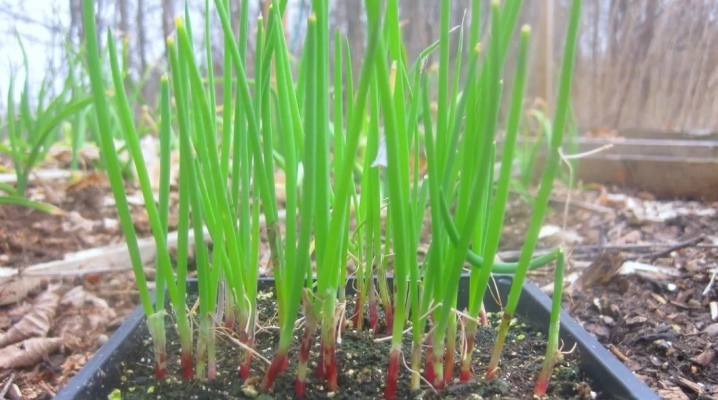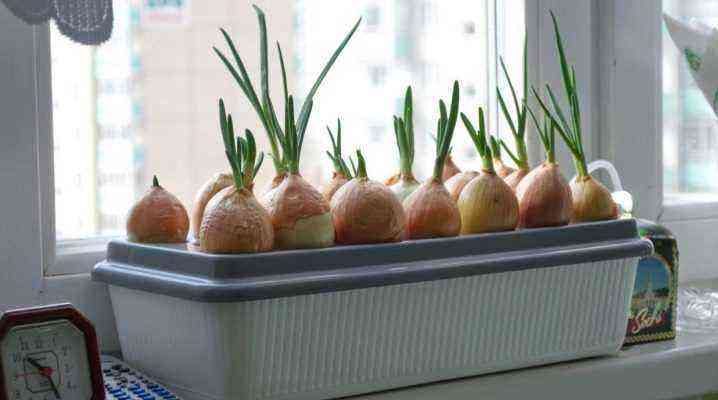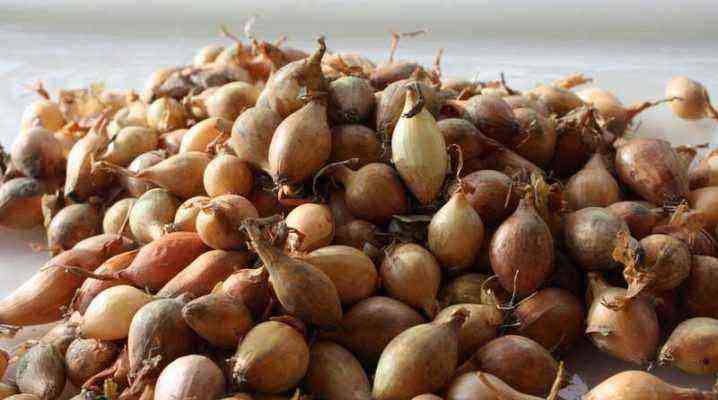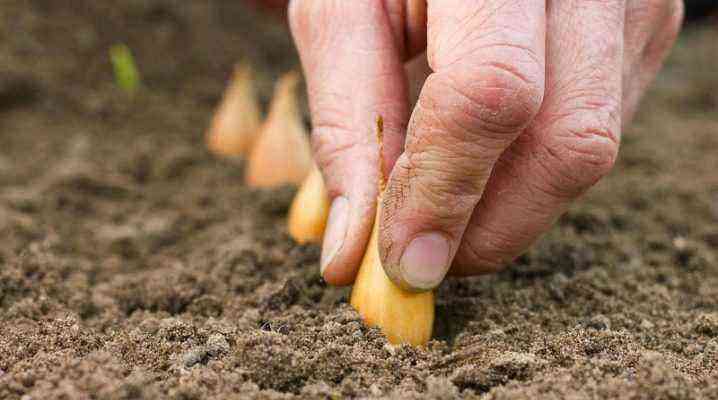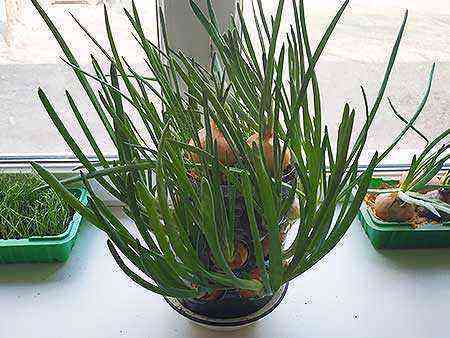 The pearl onion, as it is often called, stands out among other varieties for its delicate stem flesh, delicate taste and aroma.
The pearl onion, as it is often called, stands out among other varieties for its delicate stem flesh, delicate taste and aroma.
Leek has a long growing season, so it is mainly grown in the southern regions. Despite the difficulties of care and a long period of growth, gardeners are attracted not only by their taste.
The culture has a unique chemical composition, retains useful properties for a long time after harvest.
There are several ways to grow leeks at home on a windowsill or loggia.
What you need to grow onions
Preparation for planting onions depends on the choice of planting material. At home, you can do a seedling method of growing leeks from seeds. In this case, you will have to be patient, the full growth cycle takes 5-6 months. You can speed up the production of onion greens by planting adult bulbs. Feathers will grow back in a few days.
Selection and preparation of containers
The main condition is the cleanliness of the container. Plastic containers should be washed with soda and rinsed in a weak solution of potassium permanganate.

The thick stalk of the leek needs support, so you should choose a container with high walls.
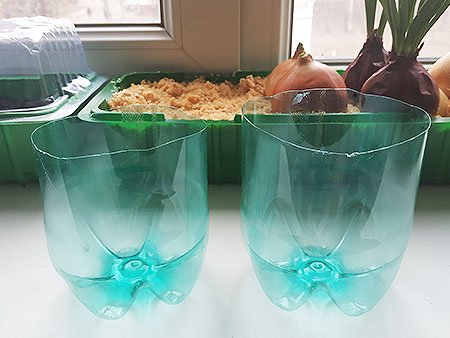
Preparing onion seeds for planting
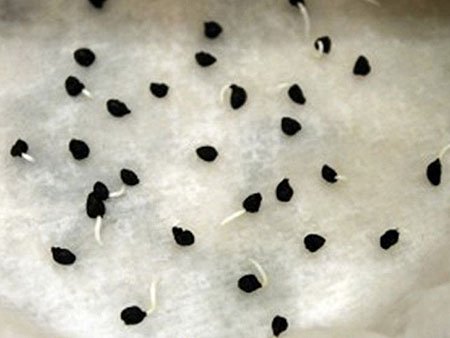
Purchased seeds, as a rule, do not require disinfection and hardening. These procedures are taken care of by the manufacturer. Self-harvested seeds should be prepared for planting as follows:
- Soak in a solution of the drug Fitosporin according to the instructions on the package;
- For 20 minutes, immerse in water heated to + 50 ° C;
- Throw away specimens that have surfaced, they will not sprout;
- Wrap the remaining seeds in a damp cloth and place for 4 days in a dark place with a temperature not lower than +22°C.
Such preparation helps to increase the germination of planting material, protects the future leek crop from diseases and accelerates germination.
Creating the necessary conditions

Leek is a heat-loving crop. For normal growth and development, maintaining a temperature of + 22-25 ° C is required. Of great importance is the illumination of plantings throughout the growing season. For cultivation, choose the sunniest window sill. With a lack of light, especially in winter, provide additional lighting with a phytolamp.
Humidity in the room where leeks grow should be high. Do not place a container with landings near heating appliances or under the scorching rays of the sun. Dry air will lead to the drying of the tips of the greens, the slow growth of shoots and bulbs.
Peculiarities of growing
Growing leeks on a windowsill from seed is quite a hassle, but the end result is well worth the effort. The advantage of home growing is that onions can be planted all year round without fear of return frosts and other weather fluctuations. Compared to other varieties, leek requires more space on a window or balcony.
Without special soil, on the water, you can grow a crop only from adult bulbs.
From seed
Let us dwell on how to grow leeks on a windowsill from seeds. Before planting, prepare the container, soil and planting material. The landing technology involves several successive steps:
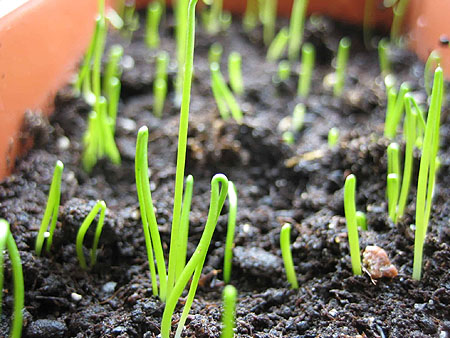
- The seeds are taken out of the tissue and dried for 2-3 hours;
- A clean container with drainage holes is half filled with soil consisting of sand, peat and humus in equal proportions;
- Tamp the soil with a spoon so that in the future the seeds are distributed at the same level;
- Moisten the soil with warm water, which has previously settled;
- Lay out the seeds close to each other in rows spaced 3-4 cm apart;
- Sprinkle with the remaining earth in an even layer of 1 cm;
- Sprayed with a spray bottle and covered with a transparent bag.
After about a week, the first loops of leek seedlings will appear on the surface. After that, they remove the shelter, expose the container to a lighted place. Within a few days, it is advisable to lower the temperature to +16-18°C to avoid the early appearance of flower arrows.
from the bulb
If leeks are grown in the garden, in the fall, after harvesting, you can plant the dug bulbs on the greens. Store-bought leeks with uncut roots are also suitable for home cultivation. For planting, prepare a clean tall container.
The following technology should be followed:
- Water is poured into the container so as to immerse the bulb by 2-3 cm;
- The stem is cut to 3-5 cm in height;
- The shoot is placed in a container with water, if desired, covered with a bag;
- Change the water every 24 hours.
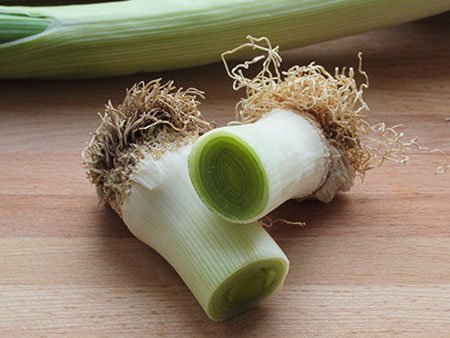
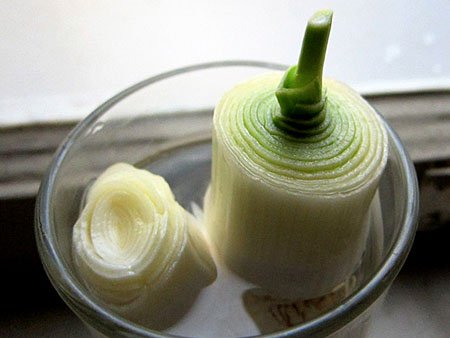
In a few days, the green leaves will begin to grow. For the development of the root system and the stem of the leek, they should be periodically shortened to 7-10 cm in height. In order to use the green part of the leek as food, you can cut the leaves as needed.
Care of the plant
Sprouts planted from seeds are not transplanted into separate containers until 50-60 days have passed since sowing. Care of seedlings consists of several procedures:
- As they grow, cut the greens up to 5 cm in height. This allows you to direct the forces of the plant to the formation of the root system;
- 2-3 times pour the earth into the aisles and along the walls of the container;
- Abundantly moisten the soil as soon as the top layer dries out;
- At the age of 2 months, they are seated in separate bowls, deepening the growth point by 3-5 cm into the ground.
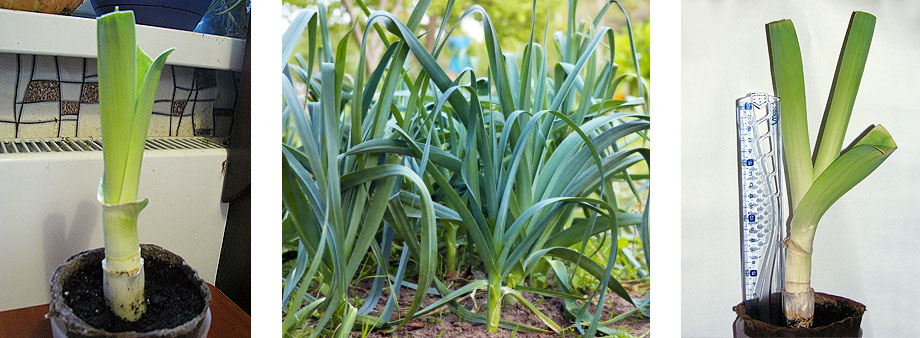
Grown leek seedlings can be planted in open ground if planting was carried out in February – early March. This will allow you to grow a thick stem in natural conditions. In the fall, you can transplant the leeks back to the windowsill. In other cases, the plants are left to grow at home. As they grow, the stem is spudded to form long, juicy white flesh.
Caring for bulbs planted at home involves transplanting into a tall container with an earthen mixture. Planted so that there is free space for monthly pouring of soil. Moisten the soil abundantly, not allowing it to dry out by more than 1 cm between waterings.
Onion feeding
A leek needs a lot of nutrients to form a particularly valuable stem in cooking. During growth, it is recommended to fertilize three times during the entire growing season.
The first feeding of seedlings is carried out after 2 weeks. A special preparation for fertilizing onions, Vegeta, has proven itself well. The solution is applied strictly under the root, so as not to burn the young shoots. The dosage should not exceed that recommended by the manufacturer.
The second top dressing takes place after transplanting into open ground or into separate containers. Agricola-2 or another complex for onions is used as a source of fertilizers.
The third top dressing is carried out to provide the culture with potassium and phosphorus. An environmentally friendly and effective fertilizer at this stage is wood ash. The solution is prepared from 50 g of powder and 1 liter of boiling water. After cooling, the infusion is applied under the root.
Top dressing is carried out only after watering. The introduction of a solution of nutrients into dry soil leads to a burn of the root system.
Diseases and pests
The greatest danger during the cultivation of leeks at home is such a pest as the onion fly. The insect sucks the juice from the young shoots of the culture. Whitish stripes and gaps remain on the leaves. Caterpillars hatching from larvae feed on succulent bulbs. For prevention, it is recommended to disinfect the soil before planting. When attacked by a pest, spraying with an infusion of garlic should be used, and the aisles should be covered with ground carrot seeds, the smell of which repels the insect.
- Onion fly larvae
- Onion-garlic solution from pests
- Downy Mildew
- Rust
With improper care, leeks can be subject to various fungal or viral diseases. The most common of these are downy mildew and rust.
Diseased plants should be destroyed so that fungal spores or viruses do not infect other specimens.
Onion harvesting and storage
At home, you can cut leek greens throughout the growing season. If the task is to get the white part of the stem suitable for cooking and long-term storage, harvest should be after the onset of technical ripeness. Each variety has its own ripening period, which must be considered.
To harvest the stems, you should stop watering the crop a few days before the procedure. On the appointed day, carefully dig out the bulb with a spatula. Then it is necessary to free the leek from the upper scales, cut the leaves to a length of 20-25 cm and shorten the roots.
The onion washed under running water is dried at room temperature in a ventilated area. In the future, it can be used immediately for food or placed in the refrigerator. Leek greens can be chopped and frozen. Another harvesting method involves drying in an oven at a temperature of +50°C.
Rules, secrets and tricks
A few nuances that will simplify the process of planting and caring for a crop:
- Black small leek seeds are hard to see when planted in the ground. You can sow seeds in a container on a thin layer of white snow. In addition to the fact that the contrasting surface allows you to see the crop, the melt water evenly moistens the soil and nourishes the plantings.
- To prevent fungal diseases, it is recommended to calcine the soil in the oven or spill it with Fitosporin solution.
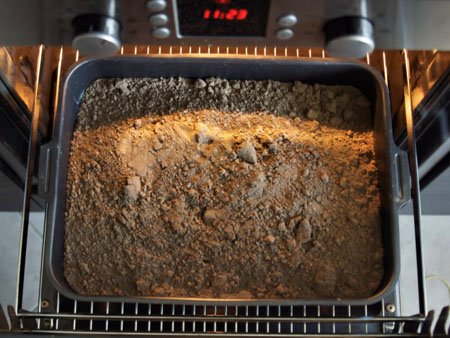

- You can facilitate the process of planting young plants in separate containers or on a bed with a knife. The blade should be buried in the ground, swinging in different directions, push the ground apart, and plant a seedling in the resulting hole.
One of the secrets to storing leeks is to grow dug up plants in the basement. Temperature should be +2-10°C, humidity 85%. Leek is sprinkled with wet sand by about 20 cm and stored for six months.
How exactly to grow leeks on the windowsill: from seeds or bulbs depends on the ultimate goal and capabilities. In any case, a vegetable rich in vitamins and minerals, obtained at home, is superior in composition to purchased greens. Compliance with agricultural technology, timely top dressing and sufficient watering will allow even an inexperienced gardener to grow crops at any time of the year.
